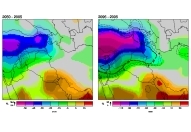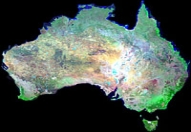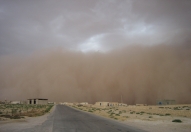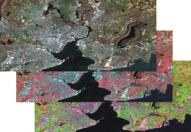Prof. Jason P. Evans
Climate Change Research Centre
University of New South Wales









Natural hazards in Australia: floods.
Johnson, F., C.J. White, A.van Dijk, M. Ekstrom, J.P. Evans, D. Jakob, A.S. Kiem, M. Leonard, A. Rouillard and S. Westra
Climatic Change, doi: 10.1007/s10584-016-1689-y, 2015. Abstract
Floods are caused by a number of interacting factors, making it remarkably difficult to explain changes in flood hazard. This paper reviews the current understanding of historical trends and variability in flood hazard across Australia. Links between flood and rainfall trends cannot be made due to the influence of climate processes over a number of spatial and temporal scales as well as landscape changes that affect the catchment response. There are also still considerable uncertainties in future rainfall projections, particularly for sub-daily extreme rainfall events. This is in addition to the inherent uncertainty in hydrological modelling such as antecedent conditions and feedback mechanisms.
Research questions are posed based on the current state of knowledge. These include a need for high-resolution climate modelling studies and efforts in compiling and analysing databases of sub-daily rainfall and flood records. Finally there is a need to develop modelling frameworks that can deal with the interaction between climate processes at different spatio-temporal scales, so that historical flood trends can be better explained and future flood behaviour understood.
Key Figure Fig. 1 Major Interactions between flood processes on different timescales (after Gaál et al. 2012). T p is the period over which the flood producing rainfall occurs depicted here using a rainfall hyetograph and can be significantly shorter than the flood duration (Tq). Both Tp and Tq are affected by the longer timescale processes shown here at synoptic, seasonal, climate and geological scales |
|